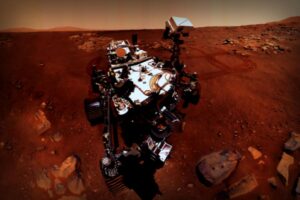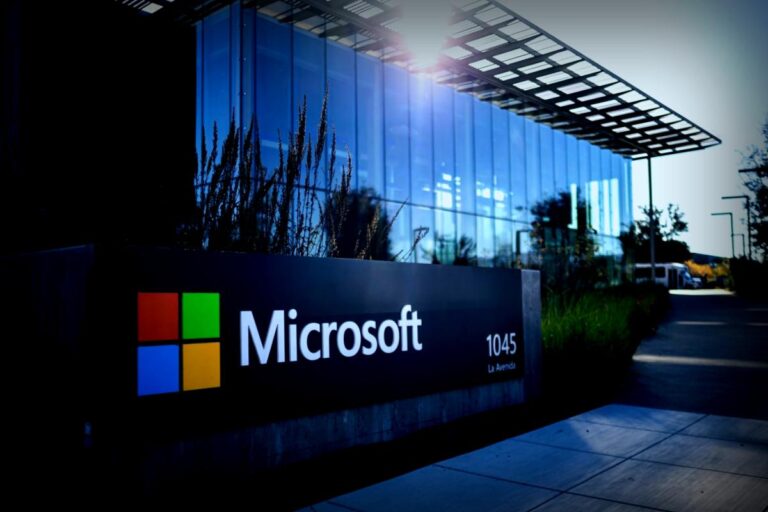Tesla’s head honcho, Elon Musk, has just announced an exciting upgrade to their Full Self-Driving (FSD) system, which is scheduled to land in September. This news has stirred a lot of talk in the car industry. Yet, it’s essential to note that, similar to its earlier versions, this new update still doesn’t reach the autonomous level Tesla has long promised.
As reported by Electrek, Musk shared on X (previously known as Twitter) on August 8 that they are training a brand-new FSD model that boasts ten times the parameters of its predecessor. This software update is expected to bring “step-change improvements,” even in unusual situations.
The September upgrade will introduce a fresh neural network layout, utilizing significantly more AI parameters. In AI, having more parameters typically means better ability to recognize patterns and process information. Thus, this upgraded FSD should offer more humanlike decision-making in challenging contexts, like dealing with sudden obstacles on the road or picking routes in parking areas.
Plus, the tech team has managed to reduce video compression loss drastically. FSD-equipped Teslas depend on analyzing real-time camera footage for driving decisions, and if this data is overly compressed, it can mess with image quality. The update should improve this aspect, leading to crisper visuals under different conditions, whether it’s nighttime driving, harsh sunlight, or foggy weather.
Musk highlighted another perk: the update intends to minimize the annoying “nags”—those alerts that tell drivers to stay alert while using the FSD feature.
However, experts caution that simply cutting down on these alerts doesn’t fulfill the overarching goal of FSD. As Electrek points out, “Ninety-nine percent of FSD’s value lies in Tesla taking full command of the system’s unsupervised driving,” and there’s still a way to go before that reality occurs, given the existing tech.
Current data indicates that Tesla’s FSD still requires a considerable amount of driver intervention about every 400-500 miles (640-800 kilometers) before critical disengagements. Even with the advancements from this update, the expected performance boost is about double compared to current standards, meaning it could still be quite a while before we see fully autonomous Teslas on the streets.
Although it carries the name “Full Self-Driving,” Tesla’s FSD technology is closer to an advanced driver-assistance system rather than true self-driving capability. It has piqued the interest of the industry, so everyone is eager to see if this update will translate into tangible benefits in real-world situations.



















